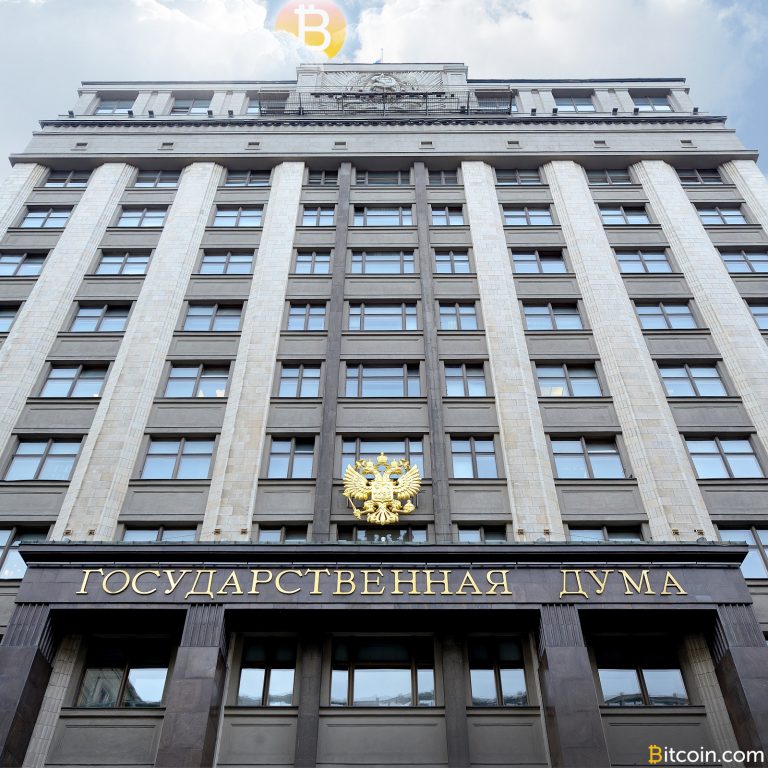2019-12-18 17:31 |
The bitcoin market has been full of “Black Swan” incidents in 2019, including Facebook’s launch of Libra in June and, recently, China’s state policy in favor of promoting the development of blockchain technology. After these two incidents, the price of bitcoin quickly pushed to more than $10,000, which excited the market for a while.
However, with the subsequent progress of Libra faltering and reports of tough crackdowns on fraud associated with cryptocurrencies dominating the Chinese media, the positive effects of the Black Swans is beginning to fade rapidly. As such, now is a good time to reflect and rethink the current situation and future of bitcoin.
Diminished Enthusiasm in Bitcoin MarketsIn general, what I see now is a situation of diminished enthusiasm within the bitcoin community in China. For one thing, the “old money,” that is, investors who tend to favor traditional financial products like stocks, bonds or commodities, have not stepped up to any great degree yet.
The market had been expecting these old-money investors to recognize the value of bitcoin and allocate some of their funds to BTC. If this happens, we can expect the price to be driven up. So far, however, there is just a group of depressed investors and speculators left to support the changeable market and face the fluctuating prices.
Lower Sales in Bitcoin MinersSecond, bitcoin miners have lately seemed hesitant to invest in new machines.
Since April 2019, miners have had a wonderful time, benefiting from the rise in the price of bitcoin and enjoying the dividends of extremely cheap electricity that is common during the Chinese “wet season” that runs from May to October. Babel Finance’s business reflected this situation — the miners’ demand for loans decreased significantly after this period. It shows that the miners’ returns have been so substantial that their incentives to borrow evaporated.
With the increase in computing power, we had expected that miners would start to eliminate the old machines and buy new ones in the second half of the year, which would have produced a large demand for capital. However, the miners seem to have been scared off by the sharp drop in prices in mid-September. That’s why, even when the price of bitcoin suddenly rose due to the influence of Chinese policy, miners still felt a good deal of uncertainty and insecurity.
As a result, a large number of S9 machines were simply modified to reduce power consumption and continued to be used in mining. As a result of these modifications, the old machines maintained similar operational costs to the new machines.
Even those miners who had previously paid the deposit for new machines were not eager to complete the purchase and put the machines into production. Instead, they preferred to renegotiate the price with machine manufacturers to cover the loss caused by the drop of the bitcoin price.
Impact on Bitcoin-Backed Lending MarketsMeanwhile, some of the new miners who entered the market this year found themselves short of funds. They were struggling to get loans because they hadn’t been able to earn enough bitcoin.
Under such circumstances, the demand of borrowing for investment and speculation purposes has become the main driving force for the growth of Babel’s lending. Demand for funds from “traditional” cryptocurrency investors, individuals and speculators has continued to grow steadily because most of them are choosing to increase leverage to invest or trade by pledging bitcoins rather than sell bitcoins casually.
The development of the interinstitutional borrowing and lending market has proven to be a surprising new growth engine for us. Although the cryptocurrency interinstitutional borrowing/lending market is still extremely weak compared to the interinstitutional market of the traditional financial industry, interbank funding needs have become more urgent due to the increasing number of lending platforms. The ultimate number of borrowers of these institutions cannot be identified, so I would suggest that it needs some time to identify the potential size of the future market.
Hope for a Bitcoin Spring?To echo a popular Chinese proverb, there is not much time left for bitcoin this year. Will the market take a sudden turn? It may be possible.
One indicator, for example, is that CANN, one of the biggest Chinese miners, has been listed on NASDAQ. This move is a consolidation of Chinese investors’ optimism and confidence in bitcoin.
In addition, even though Bakkt’s trading volume was disappointing, we can see that institutions from traditional finance are still promoting the development of bitcoin financial infrastructure. There are two new products based on derivatives contracts: Bakkt Coins monthly futures options (commodity code for BTM) and monthly cash settlement currency futures (commodity code for BMC), and other option products.
These actions may indicate that a potential bull is on its way. Therefore, I would dare to predict that there will be some positive news for the bitcoin market in the first quarter of next year.
After all, if winter comes, can spring be far behind?
This is an op ed contribution by Flex Yang. It is for information purposes only and should not be construed as investment advice. Opinions expressed are his own and do not necessarily represent those of Bitcoin Magazine or BTC Inc.
The post Op Ed: Waiting for Bitcoin Spring and the Next Bull Market appeared first on Bitcoin Magazine.
origin »Bitcoin (BTC) на Currencies.ru
|
|


























